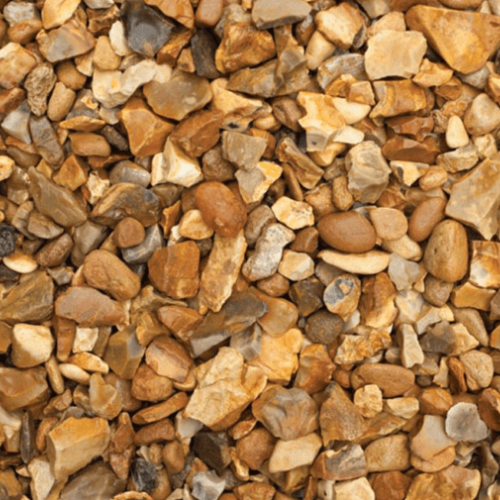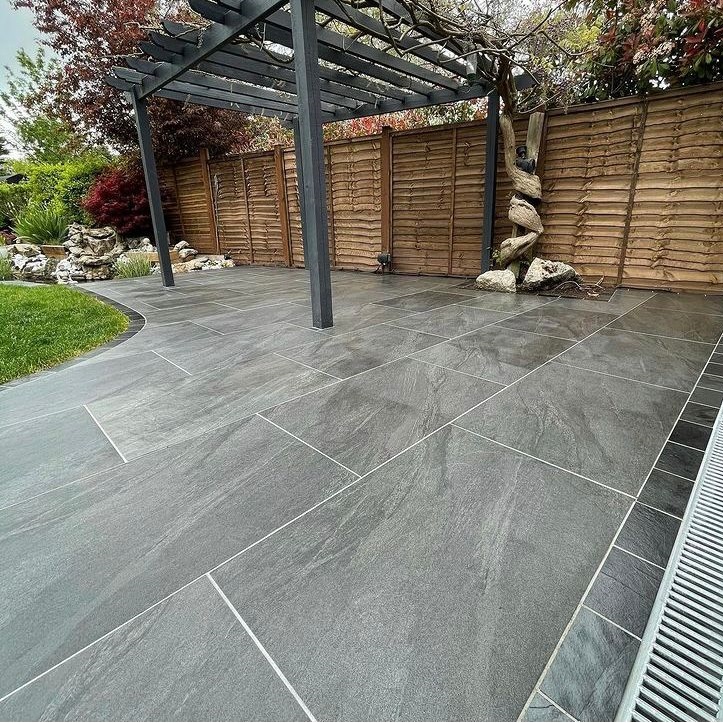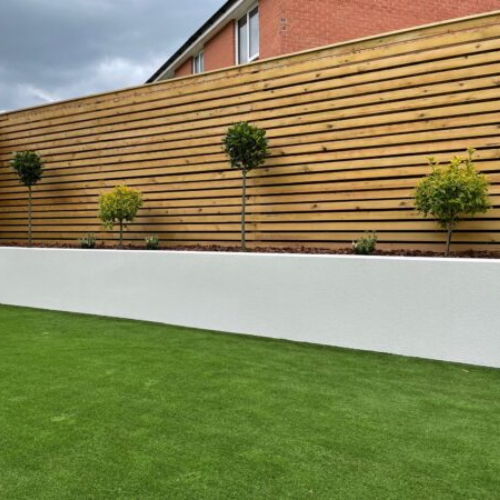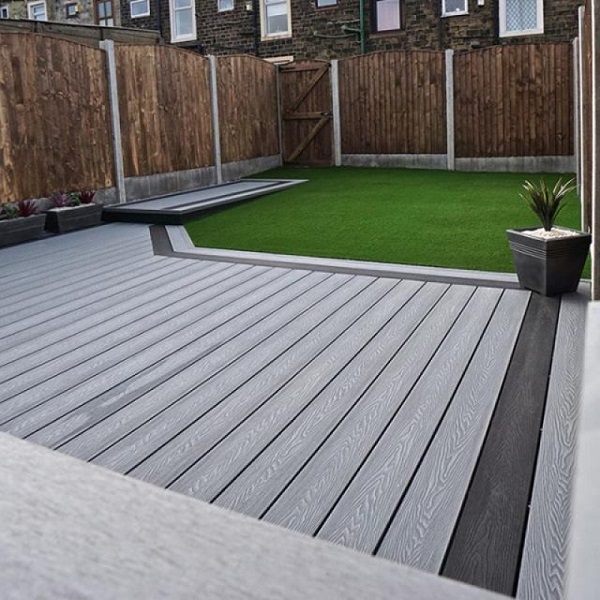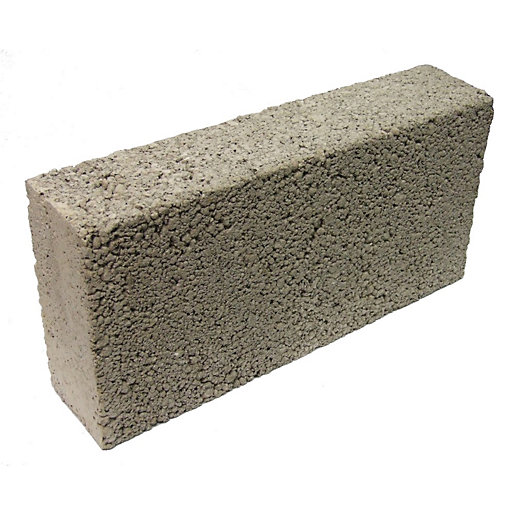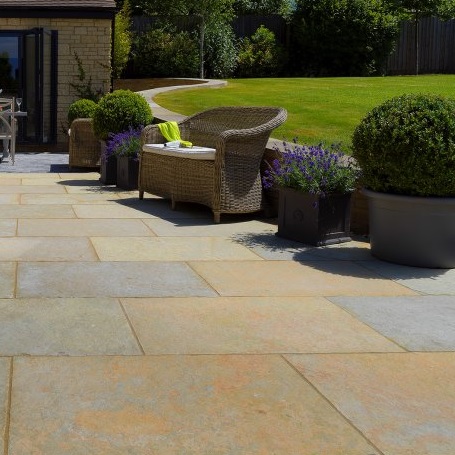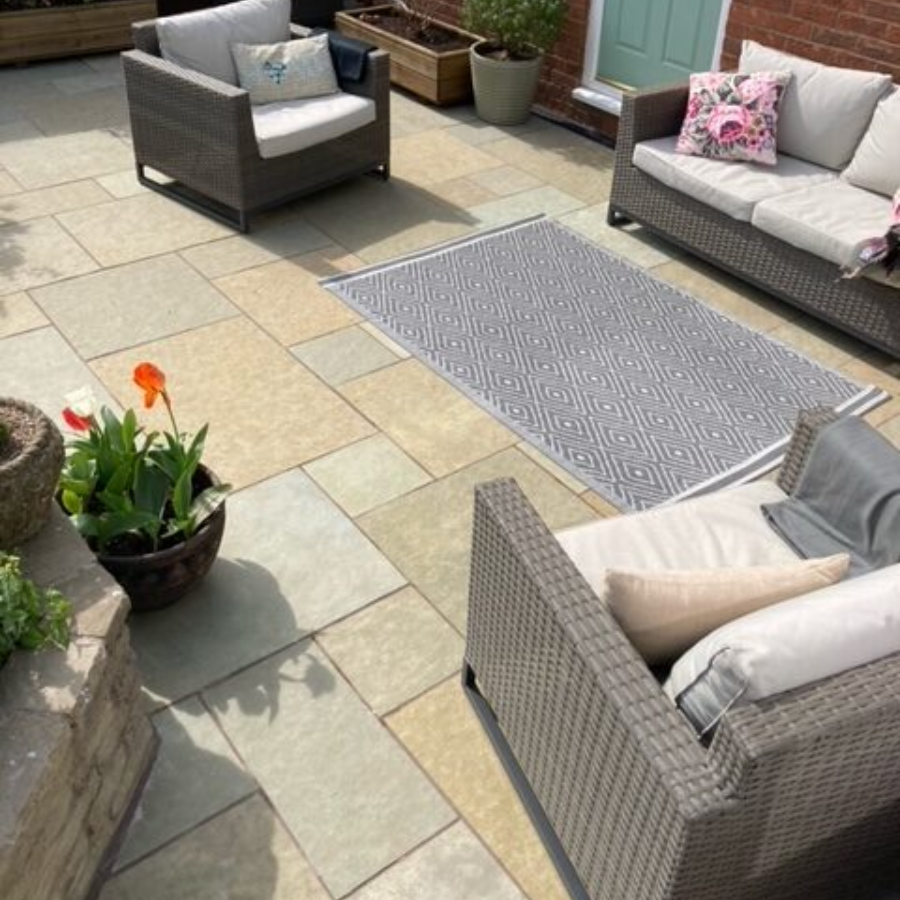1. What types of Indian Stone are there?
There are 3 types of Indian stone that we sell at MGP, these are Sandstone, Granite and Limestone.
-
Sandstone
Known for its versatility and wide range of colors. It is mostly used for paving, flooring, and landscaping projects.
-
Granite
A hard, durable stone often used for countertops and paving. It comes in various colors, including black, white, pink, and green.
-
Limestone
Softer than granite, used in outdoor paving and as building material.
2. Why is sandstone ideal for outdoor spaces?
Sandstone is a perfect option for outdoor paving. It is a strong and durable natural stone, it has strong weather resistance, and a naturally slip-resistant surface.
It withstands various conditions, including rain, frost, and sunlight, ensuring long-term durability. The stone’s unique textures provide a safe, non-slip finish, while its natural colours and patterns add a timeless, rustic charm to any landscape.
Additionally, it requires minimal maintenance, making it a practical and stylish choice for outdoor spaces.
3. What finishes are available for this Sandstone paving?
This sandstone is available in two finishes:
It also comes in both natural sandstone and porcelain alternatives to suit different design preferences and functional needs.
4. Does sandstone need sealing?
While this sandstone is highly durable, sealing is recommended to enhance its longevity and protect against stains, particularly in high-traffic areas. Sealing helps prevent moisture absorption and preserves the stone’s natural appearance over time.
Porcelain paving, on the other hand, is non-porous and typically does not require sealing, making it a low-maintenance alternative.
However, sealing grout lines or specific finishes may still be beneficial.
5. How do I maintain sandstone?
To keep your sandstone in top condition:
- Sweep regularly to remove dirt and debris.
- Clean with mild detergent and warm water using a soft-bristled brush.
- Use a stone-safe cleaner or moss remover for tougher stains.
- Apply a sealant every 1-2 years to protect against moisture and stains.
- Prevent weed growth by applying a weed killer or manually removing weeds.
- Avoid harsh chemicals and high-pressure washing to preserve the stone’s surface.
6. Will all Sandstone slabs be the same colour?
No, this sandstone features natural variations in tone and texture, making each slab unique. For instance while Kandla Grey is predominantly grey, it may include subtle hues such as copper or brown, caused by the stone’s natural iron content.
These variations enhance its organic beauty, adding depth and character to your outdoor space.
7. Will Sandstone sandstone fade over time?
This sandstone naturally weathers over time, softening in tone due to exposure to sunlight and weather conditions. However, it does not “fade” like artificial materials. Instead, its natural aging process enhances its character and charm. To maintain its vibrant colours, you can use a sandstone colour enhancer to preserve the rich tones.
8. How does Limestone fade?
Limestone is one of the natural stones that will naturally weathers and lightens over time with exposure to sunlight and the elements, for black or darker paving this will often turn a more muted tone. While this aging process enhances its character, you can still maintain its colour, for example you can use “Back To Black” sealer on Black Limestone. These sealers come in both wet-look and invisible finishes.
9. What finishes are available for Limestone?
Limestone paving is available in a Natural (Textured) finish, which enhances its grip and durability. It is offered in multiple size options, including 900×600 slabs and 4-size patio packs, allowing for versatile design possibilities to suit different outdoor spaces.
10. Does Limestone need sealing?
Although Limestone is naturally durable, sealing is recommended to prolong its lifespan and maintain its rich colour.
A quality sealant helps protect the stone from moisture absorption, staining, and weathering, especially in high-traffic areas.
11. How do I maintain and clean Limestone?
You need regular maintenance to keep Limestone looking its best. Simple tasks like sweeping frequently removes dirt and debris, but you should also occasionally clean with warm water and a mild detergent while using a soft-bristled brush helps maintain its natural beauty.
For tougher stains, a stone-safe cleaner or moss remover can be used. Sealing every one to two years provides additional protection against moisture and staining. To prevent weeds, a weed killer can be applied, or weeds can be removed manually.
Avoid using harsh chemicals and high-pressure washing, as these can damage the stone’s surface.
12. Will Limestone fade over time?
Black Limestone for instance naturally weathers and lightens with exposure to sunlight and the elements, often developing a more muted anthracite tone over time.
While this aging process enhances its character, those wishing to maintain its deep black appearance can use a “Back to Black” sealer.
These sealers come in both wet-look and invisible finishes, helping to restore and enhance the stone’s original dark tones without altering its natural texture.
13. What is Granite paving?
One of the hardest natural stones, granite is highly resistant to wear and tear. It can withstand heavy foot traffic, extreme weather conditions (like rain, frost, and heat), and is resistant to staining.
14. Why is Granite ideal for outdoor use?
Granite paving is renowned for its exceptional durability, weather resistance, and natural slip resistance, making it an excellent choice for outdoor spaces. It withstands rain, frost, and sun exposure, ensuring long-lasting performance. The textured surface provides a secure, non-slip finish, while the stone’s unique colour variations enhance the aesthetic appeal of any outdoor area.
15. What finishes and sizes are available?
This paving is available in a Natural (Textured) finish, offering both visual appeal and slip resistance. It comes in various size options, including 900x600mm slabs and 4-size patio packs, allowing for flexible design layouts.
16. How should I maintain Granite?
- Regular Cleaning: Sweep frequently to remove dirt and debris.
- Washing: Use warm water and a mild detergent with a soft-bristled brush for general cleaning.
- Stain Removal: Apply a stone cleaner or moss remover for tougher stains.
- Sealing: Reapply a stone sealer every 1-2 years for added protection.
- Weed Prevention: Manually remove weeds or use a weed killer as needed.
- Avoid Harsh Treatments: Do not use strong chemicals or high-pressure power washing to maintain the stone’s integrity.

